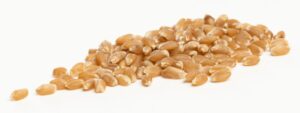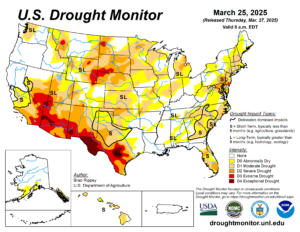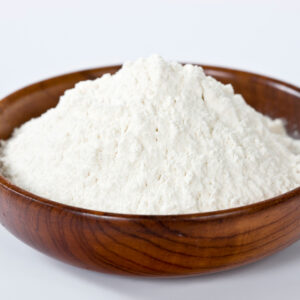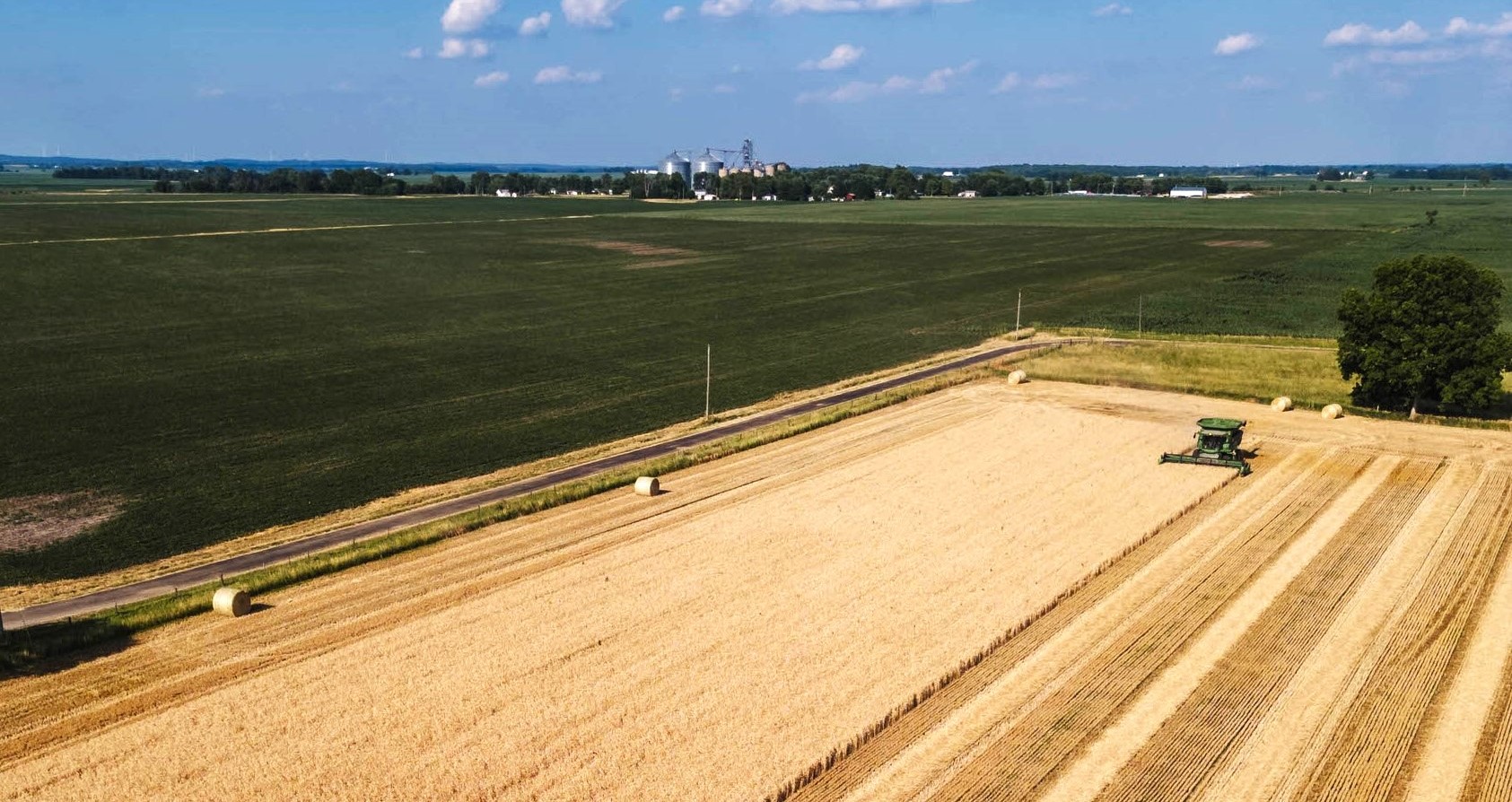News from the Global Wheat Industry
Speaking of Wheat
“The Bornholdt family uses cover crops, no-till and other measures to conserve the land that’s been entrusted to their stewardship by previous generations. It’s important to them to make sure that future generations of Bornholdts have an opportunity to farm and be part of the Inman community.” – From an article about Tim and Terri Bornholdt of Inman, Kan., members of the Class of 2024 Kansas Master Farm Families who grow winter wheat, corn, soybeans, sorghum and other hay crops.
Spring Wheat and Durum Outlook

Tyson Giles, director of wheat trading at CHS, Inc., on March 11 offered a 2025 spring wheat and durum outlook during the North American Millers’ Association spring conference. As Northern Plains growers begin planting the 2025 spring crop, Giles said the market is watching dryness concerns. Ultimately, trade policy is the top factor to watch as the next durum marketing year unfolds, he said, adding “Trade flows are going to shift. The market will figure out trade flow, but they will change.” Read more here.
K-State Wheat Breeder’s Goals
Kansas wheat growers know that success starts with strong, resilient varieties. Few understand this better than Dr. Guorong Zhang, a wheat breeder at Kansas State University’s Agricultural Research Center in Hays. In a recent episode of Kansas Wheat’s Wheat’s On Your Mind podcast, Zhang discussed his breeding philosophy and the future of wheat development. Even as technology and challenges evolve, Zhang stays grounded in the basics: better yield, better disease resistance, and better quality. “We want Kansas farmers to have access to the best possible wheat varieties,” he said. For more on Dr. Zhang’s breeding program and other updates, visit kswheat.com.
Weather Update
U.S. government reports as of March 27 noted drought-related impacts further spread and intensified across parts of Texas and Oklahoma where two previously separate drought areas connected (see map). Major storm systems continued in the Dakotas and portions of neighboring states. Notably, severe drought (D2) was broadly expanded in South Dakota. In the Northern Plains, current impacts include poor conditions for rangeland, pastures, and winter wheat. Read more here.

Global Demand for Russian Wheat Dropping
SovEcon, a leading agricultural consultancy, has revised its projection for Russian wheat exports during the 2024-25 season. The firm has decreased its initial forecast by 1.5 million metric tons, bringing the new expected export volume down to 40.7 million metric tons. This adjustment reflects a reassessment of various factors that could impact Russia’s wheat export capabilities in the upcoming season, most notably low supply levels within Russia and negative exporter margins. Read more here.
Wild Wheat Relative Genome Mapped
Scientists have successfully mapped the genome sequence of an ancient goat grass species to reveal its genetic diversity and potential use in breeding programs. The work of researchers at the University of Nottingham in the United Kingdom has been published in Scientific Data and contributes to a growing body of research aimed at safeguarding global wheat production in the face of climate change and emerging plant diseases, including at the Kansas State University Wheat Genetics Resource Center.
IGC: Flour Trade Down This Year
 Global wheat flour trade is expected to fall to a three-year low of 15.3 million tonnes in the 2024-25 marketing year, a 10% decrease from the previous year’s six-year high, the International Grains Council (IGC) reported. The IGC’s March 20 report attributes the decline to reduced import needs in Iraq, and to lower flour purchases in Sub-Saharan Africa where Turkish flour volume is forecast to drop. Looking ahead to 2025-26, the IGC anticipates a slight recovery in flour trade to 16.1 million tonnes, driven by increased purchases from Sub-Saharan Africa and modest growth in other regions. Read more here.
Global wheat flour trade is expected to fall to a three-year low of 15.3 million tonnes in the 2024-25 marketing year, a 10% decrease from the previous year’s six-year high, the International Grains Council (IGC) reported. The IGC’s March 20 report attributes the decline to reduced import needs in Iraq, and to lower flour purchases in Sub-Saharan Africa where Turkish flour volume is forecast to drop. Looking ahead to 2025-26, the IGC anticipates a slight recovery in flour trade to 16.1 million tonnes, driven by increased purchases from Sub-Saharan Africa and modest growth in other regions. Read more here.
Subscribe to USW Reports
USW publishes various reports and content available to subscribe to, including a bi-weekly newsletter highlighting recent Wheat Letter blog posts and wheat industry news, the weekly Price Report, and the weekly Harvest Report (available May to October). Subscribe here.
Follow USW Online
Visit our Facebook page for the latest updates, photos, and discussions of what is going on in the world of wheat. Also, find breaking news on Twitter, video stories on Vimeo and YouTube, and more on LinkedIn.
For more Wheat Industry News, go to https://uswheat.org/wheat-letter/.


